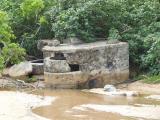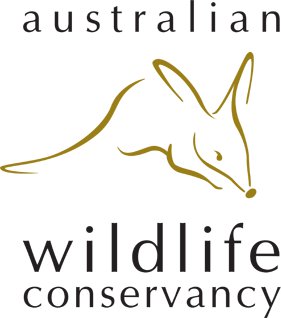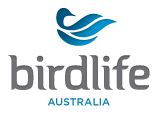LOCATIONS
Darwin
HISTORY - First we must acknowledge the timeless culture of the original inhabitants of Australia. The Darwin and Top End area was the home of dozens of Aboriginal Nations, each with its own language and culture. Many aspects of Aboriginal culture, including language, live on with the traditional owners still living here.
Darwin harbour was named in 1839 by Lieutenant John Lort Stokes of the Beagle in honour of his former shipmate from previous expeditions, British naturalist, Charles Darwin. The township of Palmerston was surveyed by George Goyder in 1869 and renamed Darwin in 1910.
In 1871, Darwin became the contact point between the southern cities of Australia and the rest of the world, with the connection of the Overland Telegraph and the 1100 mile submarine cable from Java.
In the early days of aviation, Darwin was again crucial to the connecting of Australia to the rest of the world, as planes needed to refuel here in order to be able to make it to Sydney. Aviators, Ross and Keith Smith landed in Darwin in 1919. This was the first flight from England to Australia. They went on to form Queensland and Northern Territory Aerial Services - QANTAS and the original Qantas hangar at the site of the Darwin Civil Aerodrome is still standing. Ross Smith Drive in Parap was the main runway.
Darwin has been built and destroyed a few times in its life! There was a devastating cyclone in 18??, Then there was the 'Bombing of Darwin' on 19th February 1942. This was followed by another 63 bombing raids, leaving the town devastated. World War 2 also brought to Darwin a surge of development in infrastructure, as the Australian government and allied forces sought to bolster up defenses. The improvements Darwin saw at this time included sealed roads, recreational areas and dams for secure water supply.
Then Darwin was destroyed again by Cyclone Tracy on December 24, 1974. This event still holds the distinguished title of worst single natural disaster to strike anywhere in Australia.
TODAY - People visiting Darwin are greeted with the warmth of a tropical city with all the green vegetation, and vibrant multicultural environment. Darwin is very unique for an Australian capital city. There is water everywhere - rivers, creeks, streams, all feeding into the harbour or out to sea. And dressing all these waterways are the riverine and mangrove habitats, often blending out to savannah woodland.
Our city planners have seen fit to allow vast reserves of such habitat to be unspoiled as they provide the perfect buffer zone, protecting the city and suburbs from flooding and tidal inundation. The result – wild places for birds, reptiles, small marsupials, even the occasional Estuarine Crocodile – right in the suburbs of Darwin.
People travel from all over the world to see Darwin’s wildlife. It gives us the greatest pleasure to take a birdwatcher from America or Europe to East Point, probably only 10 minutes from their hotel in the city, walk them into the monsoon forest, and show them the Rainbow Pitta!
Birdwatching is an activity that many Ozzies don’t understand. I’ve been told that in the UK about half of the population are birdwatchers, and in America about one in five consider themselves to be birdwatchers. In 2006 US bird watchers spent over $36 billion on their hobby. So we get quite a lot of overseas visitors that know more about our birds than the average Ozzie. But we do get quite a few Australians coming out on our tours. Some wouldn’t really call themselves birdwatchers, more just nature enthusiasts, but after their outing with us they have a whole new world open up to them. On a morning birding trip we often see around 40-50 species and on a full day tour it’s more like 80.
Birding has all the excitement of hunting… we listen for their call, stalk our prey, and once we have it locked into our binocular view... BANG we’ve got it! It goes on the list. Or has it’s photo taken… nothing has to die. And then, following the initial thrill of seeing and identifying a new bird, there is the joy of observing its behavior. For bird watchers, there are always more questions than answers about bird species and their habits, and always fascinating surprises, with each birding trip.
Author Jonathan Franzen, who visited Darwin recently, said that ‘birdwatching is a way of transforming an abstract concern for the environment into a personal connection with it’. I think it’s popularity will grow with Australians, particularly the ones that visit Darwin and the Top End.
East Point Reserve
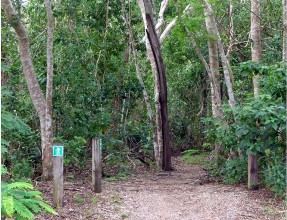 East Point Reserve is often the first place we will take you to on a morning half day trip, being only about ten minutes from the Darwin CBD. The whole of the peninsular was once covered in monsoon forest, until World War II when the area was largely occupied by the Australian military, and a significant proportion of it was cleared. Since the 1960's large sections have been regenerated.
East Point Reserve is often the first place we will take you to on a morning half day trip, being only about ten minutes from the Darwin CBD. The whole of the peninsular was once covered in monsoon forest, until World War II when the area was largely occupied by the Australian military, and a significant proportion of it was cleared. Since the 1960's large sections have been regenerated.
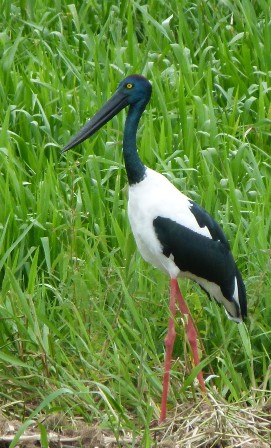 Fogg Dam
Fogg Dam
Bird Billabong
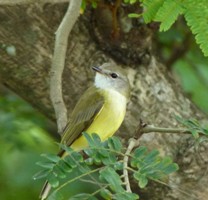
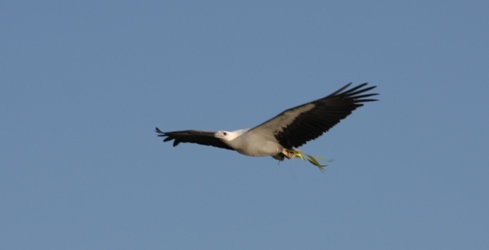
Kakadu National Park
Kakadu was recently voted number one in the top ten bird watching destinations in Australia by Australian Geographic. About 280 species are seen in the park. There are three endemic bird species.
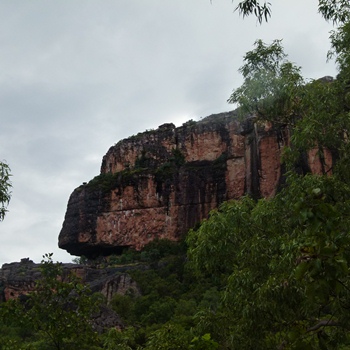
Kakadu World Heritage is associated with three important international conservation treaties. These are:-
-
- Ramsar
- CITES Convention on International Trade in Endangered Species of wild flora and fauna
- Tri-national Wetlands Initiative - Australia, Indonesia and Papua New Guinea
Birding Location Map
Click here for an extended guide to birding in the Top End
